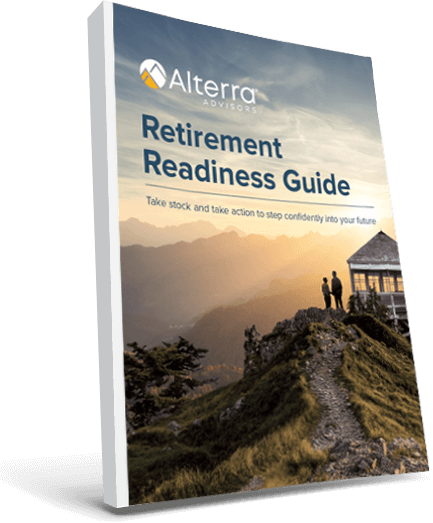The Setting Every Community Up for Retirement Enhancement (SECURE) Act is now law. While the new rules don’t appear to amount to a massive upheaval, the SECURE Act will require a few changes in strategy for some and reveal new opportunities for others.
No more “Stretch” IRAs. The law modifies the required minimum distribution rules for non-spouse beneficiaries of 401(k) and IRA accounts, generally requiring balances to be distributed by the end of the 10th calendar year following the year of the account owner’s death.
It’s important to note that the new rule does not require withdrawals during the 10-year period, but all the money must be withdrawn by the end of the 10th calendar year following the inheritance.
As an example, a non-spouse beneficiary inheriting a $1 million IRA at age 50 may want to consider taking at least $100,000 a year for 10 years regardless of age because, under the new law, she must take all the money from the IRA by age 61. Prior to the change, she could “stretch” the money over her expected lifetime, or roughly 30 more years.
Increased Required Minimum Distribution (RMD) Age. The Act increases the age you must begin taking RMDs from IRAs and 401(k)s to 72 from the prior 70½, allowing an additional 18 months of tax-deferred growth.
The rule change for RMDs only affects Americans turning 70½ after January 1, 2020. If this applies to you, your first RMD isn’t due until April 1 of the year after you reach age 72.
IRA Contributions Age Limit Removed. The age limit for traditional IRA contributions has also been removed. Before the SECURE Act, contributions after age 70½ were not allowed. Now, you can continue to make contributions if you meet the earned-income requirement.
529 Plans for Student Loan Repayment and Apprenticeship Programs. You can now use up to $10,000 per beneficiary to pay down student loans. The $10,000 cap is a lifetime limit per beneficiary so, for example, a parent with two kids could use $10,000 to pay down loans for each child, a total of $20,000.
One specific opportunity this rule opens is for students with 529 balances from grandparents. In this case, a grandchild could use loans while in school to optimize FAFSA eligibility, allow the 529 balance to grow for another few years, then use the 529 funds to repay the loan after graduating. Of course, this should be carefully considered in each situation.
The new law also expands eligible post-secondary institutions to include trade and vocational schools. These now qualify for tax-free 529 distributions, creating opportunities for children not attending traditional college.
Multiple Employer Retirement Plans for Small Business. The SECURE Act’s biggest change may be to multi-employer retirement plans. Previously, multiple employer plans were only open to employers in the same field or with other “common characteristics.” Now, small businesses can buy into larger plans alongside other small businesses without the prior limitations.
The act also offers tax credits to employers who auto-enroll employees in their retirement plan, widely seen as a simple but effective way to improve the retirement outlook for people.
Small Business Employer Plans for Part-Time Employees. Before the SECURE Act, retirement plans could exclude employees who worked fewer than 1,000 hours in a year. Now, the door is open for employees who have either worked 1,000 hours in a single year or 500 hours per year for three consecutive years.
While the SECURE Act represents some significant changes, it’s important to remember that these changes have been anticipated for a while now.
Questions or concerns? We can help!
Citations
The “Alterra” name was coined by joining the Latin roots “alter”, the origin of the word “altruism” with “terra” meaning earth or land. This name reflects the company philosophy of “clients before profits” and providing firmly grounded advice.


